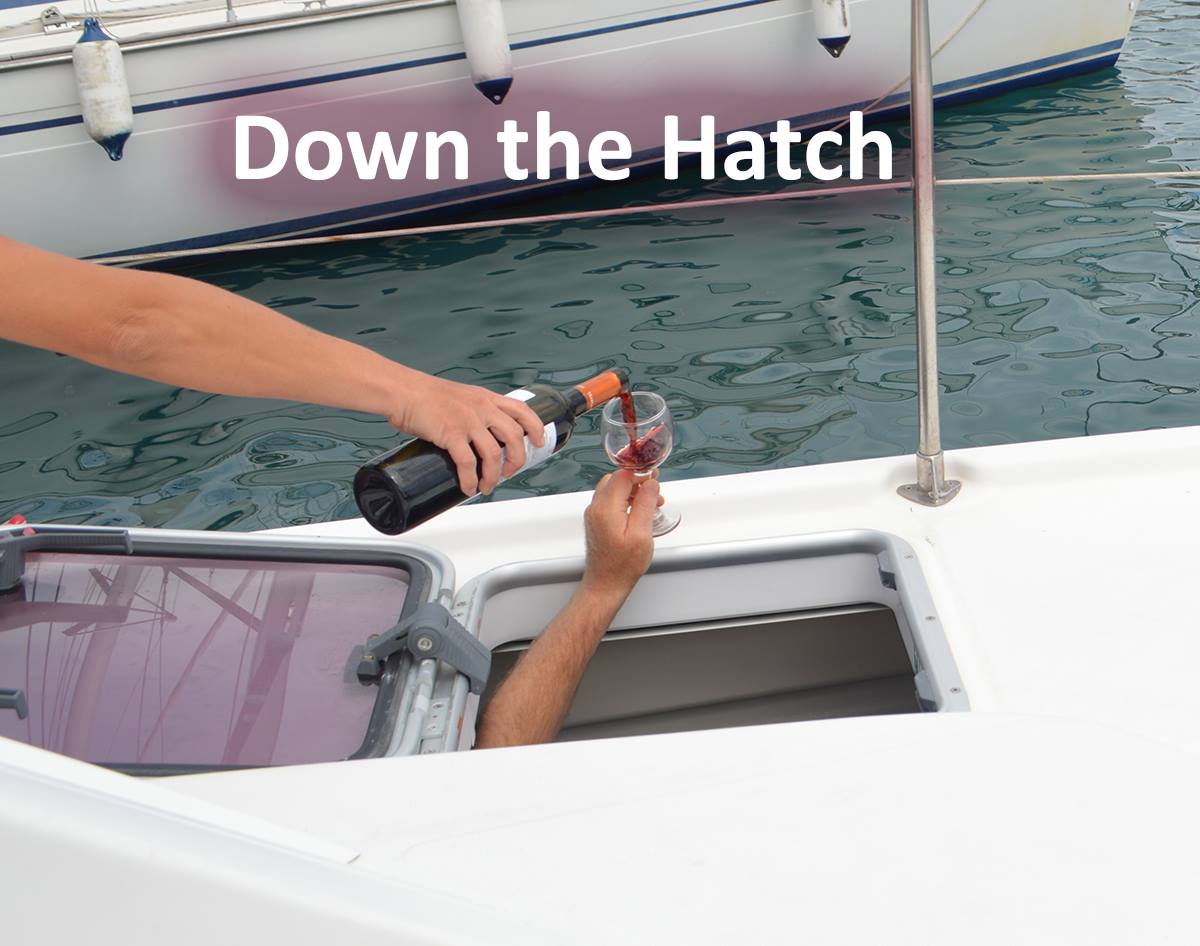|
|
||
|
||
|
Privacy Policy | Editorial Policy | Profit Policy | Join the Association | List of Members | Contact us | Index | Links |
||
|
Back Go to page: 1 2 3 4 5 6 7 8 9 10 11 12 13 14 15 16 17 18 19 20 Forward
|
||
|
John Laming Aircraft and other stuff. |
||
|
|
||
|
First Encounters.
It all started with Captain Lamb and Dick Nye in 1939, the year that World War 2 began. I was seven years old and lived with an old uncle and aunt who took care of me while my father was at war. We lived in a lovely house called “The Oaks” situated on the edge of Angley Woods near the village of Cranbrook in that beautiful part of England called Kent. My Uncle Alf, a veteran from the first world war of 1914-18, had built the house practically single handed, despite being crippled in one leg by machine gun fire from a Turkish soldier during the battle for Beerasheba.
Old Alf – he was all of 55 in those days – took me to meet Captain Lamb, a retired sea captain who lived down the road in a small cottage with a lovely hawthorn hedge and a garden full of roses. As Alf and the captain talked in the garden, I peeped through the bay windows of his charming Kentish cottage and saw a model of a sailing ship inside a bottle standing on top of a weathered mahogany writing desk. Wandering around the back of the house I stood on tip-toes and peered through another window and spotted a portrait of the old captain dressed in uniform, with a telescope under his arm and four stripes on his sleeve. He looked younger than now but tall and handsome with a trim beard. Nowadays of course the picture would not be complete without a pair of aviator sunnies… The background of the portrait showed a three masted clipper in full sail. Out in the front garden, Alf and the trim bearded captain with his white hair and startlingly blue eyes, talked of the gathering war clouds.
Each day as I passed by the captain’s house on the way school, he would give me a wave and a smile as he acknowledged my polite schoolboy good morning. Once after he had asked me how old I was I privately guessed his own age as being somewhere Before Christ (BC). When I overheard my uncle telling my aunt that the captain was born around 1870, I realized that my judgement of age was a bit out. Either way, he was to me indeed the Ancient Mariner.
The primary school that I attended was run by the stern Mrs Wheatcroft. This formidable old biddy brooked no nonsense from the fifty or so small children that attended her school. She wielded a mean wooden ruler with which to discipline any child that lacked manners or who dared answer her back in class. Teaching French, she would emphasize the use of the grave and acute accents, by swishing the ruler with a downwards cutting motion from right to left saying that this is how you remember which direction the symbol of the accent went – adding darkly it would be the same motion she would take when hitting us with the ruler across the palm of the hand if we got it wrong. I never did, after that.
The model of the ship in the bottle fascinated me - as did the model aircraft that belonged to my friend Dick Nye. Dick was one year older than me and I first met him when my uncle, who knew Dick’s father, prevailed upon him to show me the way to school until I was confident enough to go solo. Dick lived in a house called “The Gardens” at the end of a narrow road bordered by a line of majestic English Oak and Poplar trees. In 1940 those trees camouflaged British tanks hidden under cover, waiting to repel the threatened Nazi invasion of England following the British defeat at Dunkirk.
His parents owned a red Morris Eight saloon car that had leather upholstery. The aroma was wonderful. Dick had an air-gun, an older brother who teased him unmercifully, and among other goodies a Frog plastic model kit of a Miles Magister. On the roof of his parent’s house, Dick’s brother John, who was eleven, had built a hide-away from where he would sit and watch the skies for enemy aircraft. I thought he was frightfully brave.
Dick thought his brother was just plain stupid and they squabbled endlessly when John refused his brother access to his cubby house on the roof. In later years Dick grew up to be a bank manager and I became a pilot. I don’t know what happened to John or the cubby house. But I shall always be grateful to Dick for showing me how to build my first model aeroplane and to that ancient mariner Captain Lamb for revealing to me the beauty and romance of the tall ships.
Shortly before war started, my mother became very ill with tuberculosis – in those days a terminal disease. During one of my visits to see her in hospital she gave me a Dinky toy aeroplane. It was the Short S.20 and S.21 Mayo and Mercury Composite, and consisted of a large four engined flying boat with a smaller four engined float plane attached piggy back on top. Today the same model is a rare collector’s item and worth a small fortune. Sadly my mother’s last gift to me was stolen from my desk at school a few years later.
In my study among other treasured books, are two rare volumes of the book Shipping Wonders of the World. I found them at a garage sale a few years ago and purchased them for $20 each. Each has over 900 pages of text and illustrations of long gone sailing and steam ships. The first chapter starts with the lines “The story of the sea is not drawn from musty libraries, but from the song of the wind in the rigging and the crash of the bow cleaving the wave”.
All very romantic I suppose and if Captain Lamb had been alive today he would have treasured those books as well. Apart from a six weeks journey by ship from England to Australia when my family migrated in 1947, my most memorable experience of the sea was hurling my heart out for three hours in Port Philip Bay during a yacht race where I came along as an observer. The skipper was an airline pilot who achieved fame as an international yachtsman. At the time, we both worked in desk jobs in the Department of Civil Aviation. He had flown Boeing 707’s with South African Airways and migrated to Australia in 1970.
Over one of the interminable coffee breaks which was a characteristic of those frustrated pilots that were employed to run DCA, I had shown an interest in learning to sail a one man yacht in a large local pond. An offer was made for me to learn the ropes, so to speak, and my desk mate took me out on a triangular fifteen-yacht race on Port Philip Bay. There were four crewmembers on our yacht. The weather was appalling with wind gusts to 35 knots and heavy seas. Wisely, most of the other yachts pulled out of the race leaving three idiots to battle it out. Despite having swallowed numerous seasickness tablets, I was crippled with pain from vomiting but the show went on for four hours of hell until the last yacht, HMS Ulysses I declare, entered the haven of Brighton Mariner. Never ever have I been tempted to yacht again. I may admire cute little ships in bottles but that’s as far as I go.
And now in the twilight of my life I often reminisce on the good old days. Feet up in my warm study, my eyes rest on the various model aircraft in a glass showcase next to the bookshelf. Soon I doze off. And my mind wanders back in time to when I first saw each one of these aircraft. Take the Spitfire, for instance.
June 1940. It was summer in England. Massed formations of German bombers and their escorting fighters on their bombing runs to London flew high over my village in Kent. The sky seemed full of white contrails – some circular – others in straight lines of close formation. The Battle of Britain had started. I was eight years old and walking in Cranbrook village when I heard the unmistakable noise of a Merlin engine and then a long burst of machine-gun fire. Looking up between St Dunstan’s church and its surrounding beech trees I saw a Messerschmitt 109 on fire with a Royal Air Force Spitfire closing rapidly behind. The Spitfire pilot took careful aim and fired several more short bursts into the doomed enemy aircraft. At each burst, fresh gouts of flame would appear from the engine of the Messerschmitt and it started into a gentle dive. The pilot must have been dead at the controls, as the aircraft never attempted to evade the Spitfire. A few seconds later and both aircraft passed out of view. Later it was revealed that the Messerschmitt had crashed a few miles away.
|
||
|
|
||
|
There is a Heinkel He111 in the corner of the show case. It has two bombs slung underneath the fuselage and the squadron identification V4-M. It has black and white crosses on the wings and a menacing swastika on the tail. I had seen lots of German bombers at high altitude – massed formations of silver dots sending out a unsynchronised beat from their Daimler Benz and BMW engines which was quite scary especially at night. When the Germans flew at 15,000 feet above Kent you needed binoculars to spot the differences between Heinkels and Dorniers, although even at my tender age I knew from pictures the obvious difference between the two types.
My first Heinkel did not carry two bombs under its belly (they had probably been jettisoned) and I didn’t see the identification number but it certainly had two big crosses on its wings and the trademark swastika on its tail. My uncle and I were manning a Royal Observer Corps post watching for enemy aircraft when this Heinkel appeared just above a nearby wood, and going like a bat for hell in the direction of France. One propeller was turning over slowly, the other at high rpm and a thin trail of black smoke from its exhaust. I was mesmerized at the sight of a real enemy bomber close up and personal. My uncle blazed away at it with an old Lee-Enfield rifle but must have missed by a mile. By now, the Heinkel was down to 200 feet and just holding height. Within seconds he was out of sight.
One day I must find a Dornier 217 for my show case. The one I saw in
1943 had me tossed. The air-raid siren had sounded and like most English
There was a burst of machine gun fire from somewhere on the aircraft and then a series of large explosions as the bombs straddled the railway yards. Then the Dornier done gone, as the busty Dolly Parton would surely have said! A few minutes later an RAF Beaufighter snorted over the town at low level obviously chasing the Dornier. I didn’t trust my aircraft identification skills anymore and hid behind a bush until the Beaufighter had disappeared in the distance.
Now to the Thunderbolt. It’s a big single engine fighter designed in USA
and first used by the United States Army Air Force against the Germans
It was late 1945 and the war was over. The only aircraft over my little part of the world, were friendlies. That day it was misty and overcast as I was walked back from school in Tonbridge. There had been aircraft heard flying overhead all day – all unseen because of the mist. Then came a terrifying sound of an aircraft in a terminal dive and very close. I had heard the same sound many times during the war. In those days, it was the sound of a mortally wounded Allied or enemy aircraft.
It was then that I saw a Thunderbolt spinning down vertically in flames and with one wing missing. My guess now, was the cloud base was about 1500 feet. Less than a mile away another aircraft was also going down and there was a parachute gently descending towards the green English countryside. The Thunderbolt disappeared from my view and shortly afterwards there was an explosion and black smoke rising from nearby woods. I grabbed my bike and a friend and I pedalled furiously in the direction of the noise of an ambulance speeding past the Vauxhall Inn towards the village of Pembury. We arrived breathless and leaving our bikes on the side of Pembury Road, ran through the woods towards the sound of fire and people shouting. Bullets were going off in all directions and yet we were not scared – just horrified at the sight of the wreckage of the silver Thunderbolt engulfed in flames. Fire fighters were there as was the ambulance, but there was little to save.
There is a Lockheed Hudson perched on an ash-tray in my study. It is there because my first flight was a Hudson, registration VH-SMK. The pilot was a well known Australian pioneer airman named Captain Harry Purvis AFC. While Harry died over thirty years ago, VH-SMK died on a hill overlooking Camden aerodrome on a drizzling New Year’s Day in 1950. It had stalled on take off, killing both crew members. One of those pilots was my idol in those days, a swashbuckling young pilot called Dick Cruickshanks. He was only 24. By eerie coincidence, another of my best friends met his maker in almost the same spot 53 years later. This time the aircraft was a Duchess and the cause of his accident appears to have been a practice engine failure at night gone horribly wrong.
Harry Purvis had flown with Sir Charles Kingsford Smith – or “Smithy”, as he was better known to the Australian public in 1934. In 1948, I was a 17 year old general hand working at Camden aerodrome. The Sydney Morning Herald newspaper operated a DC3 and a couple of Lockheed Hudsons on newspaper deliveries to various destinations in NSW. My job was to load the papers and dispatch the aircraft each night.
Harry Purvis was the SMH Flying Services manager and he employed several ex wartime RAAF pilots to fly the freight. One day, a test flight was required following an engine change on one of the Hudsons. Harry invited several of the ground staff along for the flight and I jumped at the opportunity. Without sound proofing, the Hudson was incredibly noisy inside the cabin and I spent most of the 15 minute test flight covering my ears, while looking in wonder through the windows at the green countryside far below. A few weeks later I sat in the co-pilot’s of VH-SMK with Dick Cruickshanks, as he ferried the aircraft from Camden to Sydney single pilot, prior to a freight run that evening.
Earlier, I told him that I wanted to join the RAAF as a pilot – just like he had been. I think he must have looked at my scruffy appearance and pondered my future before saying to me that I would never make a pilot. Poor Dick was killed a few weeks later in the same Hudson that we had flown together, and two years later in December 1952 I graduated as a RAAF pilot on number 8 Pilot’s Course.….
|
||
|
|
||
|
Among other exotic aircraft my display case contains a Japanese Zero,
Lockheed Lightning, Boeing 737, Lancaster, and the Sea Fury. I first
saw a Sea Fury – in fact lots of them – at the Royal Australian Naval
Air Base at Nowra in NSW. They, along with several Fireflies, were
lined up on the tarmac when I landed there in a Lincoln bomber in 1954.
I had flown Mustangs previously and therefore was used to
During a free day from an anti-submarine course I was attending at Nowra, I wandered down to the flight line and sat in the cockpit of a Sea Fury. I marvelled at the height of the tiny cockpit above the ground. After the local RAN flight commander discovered that I had flown Mustangs (actually he didn’t really discover as such – I merely mentioned the fact while trying to impress him) he very kindly offered a Sea Fury for me to fly that afternoon. Hesitating less than a nano second, I took him up on this once-in-a-lifetime offer. Thus on 20th October 1953 I flew my first flight in a Sea Fury.
Apart from some minor drama trying to close the canopy after take-off and losing my flying goggles overboard in the process, and then nearly flick-stalling while attempting a limit turn to avoid another aircraft (actually it was a squashed bug on the windscreen which I mistook for a fast closing fighter), and then a heavy landing because I was given wrong advice on airspeed by a snotty nose Sub-Lieutenant, the flight went without a hitch. That first Sea Fury flight of mine was unforgettable for many reasons.
Which leads on to my first sight of a Lancaster. There were a thousand or more Lancasters in England when I was there during the war, but strangely enough I do not recall actually having seen one. So the first time I saw one was in 1953. Actually, it was a Lincoln – previously known as the Lancaster Mk 4 – but later the name was changed.
|
||
|
|
||
|
I had been posted to No 10 Squadron RAAF Townsville to fly as a copilot on Lincolns.
I had seen a Flying Fortress and a Liberator close up – in fact both had belly-landed at an emergency airfield called Penshurst near where I lived in Kent. But the Lincoln was much bigger and heavier, although not as well armed with cannon and machine guns as the American types. My first flight in a Lincoln was with Flight Lieutenant Sid Gooding DFC, and was from Townsville. An engine failed on that trip and that was the first time I had seen a feathered propeller. I was to see many more over the next 3,000 hours I flew on the type.
Tucked away in the shadows of the showcase is a Mitsubishi Zero-Sen (Type O Fighter) known popularly as the Zero. It was used over the Pacific during World War 2, with many being destroyed during kamikaze attacks on Allied ships. It was during an airborne search for a missing Canberra bomber in 1954 that I had my first sighting of a Zero. The Canberra had disappeared after taking off from Port Moresby in Papua New Guinea for the US base at Kwajalein in the Marshall Islands. The Americans were conducting atom bomb tests in the Central Pacific and Great Britain had been offered the opportunity to observe the tests. The RAF sent a Canberra for this purpose. The Canberra never reached its destination and it was thought that it may have entered a thunderstorm and broken up.
In the event, a large search carried out by RAAF Lincolns over the islands of New Britain, The Admiralties, and New Ireland failed to locate the missing aircraft. At the same time, American aircraft searched the Pacific south-east of Guam with no success.
During low level searches of the beaches of New Britain, our crew spotted several wrecked Japanese and American aircraft which had remained untouched since the end of the war. A Zero was among them.
Twenty five years later I was living on the island of Nauru in the Central Pacific and came across the shattered remains of two Zeros laying among coconut palm trees. Nauru had been a Japanese occupied island in 1941 with an airstrip constructed to accommodate fighters and bombers. An Australian mining engineer who worked for a phosphate company on Nauru was a keen aviation archaeologist. He established a small war museum on Nauru. The local Nauruan population had little interest in such things and so he managed to ship the remains of the Zeros to Australia where they now form part of a Zero exhibited in the Australian War Memorial at Canberra.
Perhaps the most majestic model of them all is the Shorts Sunderland flying boat which proudly rests on its keel in the centre of one shelf. This model is beautifully crafted with tiny wireless antennae and machine guns fitted to its front, rear and dorsal turrets. The Sunderland was the military version of the Mayo Composite flying boat. You may remember that the Mayo was the Dinky toy that my mother gave to me before she died?
I saw my first real Sunderland, which belonged to the Royal New Zealand Air Force, at Auckland Harbour in September 1959. With several other Sunderlands, it was gently riding at anchor just off the shore of Hobsonville RNZAF base (now a housing estate). The base itself was incredibly beautiful, an all-over green grass field surrounded by white colonial style houses. Harvards snarled around the circuit area while offshore these lovely white Sunderland floated like proud swans in their own patch of harbour.
|
||
|
|
||
|
I had flown a Lincoln from Townsville on a good-will tour encompassing Norfolk Island, Fiji, and now New Zealand where we were entertained right royally by the RNZAF crews at Hobsonville. When we arrived there had been much talk of an incident a few nights earlier where a Sunderland had inadvertently taxied at speed from the harbour and up a concrete slipway to shore. I believe that this particular Sunderland was used for taxying practice. Apparently it was used as a water taxi on Saturday nights to transport RNZAF aircrew and groundstaff from Hobsonville to the fleshpots of the city some 15 miles away.
During the return journey it seemed that in the absence of a booze bus on the harbour, the operating crew tippled a little too much and misjudged throttle closure approaching the mooring point. The result was the Sunderland found itself climbing the concrete slipway at some knots, remembering of course that the Sunderland is a flying boat, not an amphibian! The New Zealanders were rather good at that sort of thing because several years later I happened to fly an RAAF Viscount with a VIP party from Canberra to Auckland for the opening of the new Auckland International Airport. During the ceremonies. a Sunderland flown by the squadron commanding officer did a wonderful low level beat up along the runway in front of the thousands of spectators and did a good job with its keel. The sparks really flew in more ways than one. It was the ultimate in low flying.
And now to close this story I am looking with great affection and nostalgia at a Boeing 737 sitting proud on the top shelf of the showcase. It was on the Isle of Nauru that I first saw her (with apologies to Gracie Fields of the Isle of Capri fame).
It was 1976 and I had just joined Air Nauru. This particular type was a 737-200 with Pratt and Whitney JT8D-17 engines and there was lots of sheer grunt and noise as it hove into sight joining downwind for runway 12. It looked a squat solid looking beast with a no-nonsense tail that stuck up vertical like at that of a wild boar at full charge. I loved it at first sight.
|
||
|
|
||
|
The runway on Nauru is 5,200 feet long, the Pacific Ocean at both ends leaving no room for greaser landings. The airport terminal is barely 100 yards from the runway and it seems that half the population of Nauru came to watch the arrival of the daily flights. I soon found out why this was such an attraction. Through the window of the crew bus I saw the Boeing curve around the back of the island on close base leg and then suddenly there it was on short final with full flap and smoke streaming from both tail-pipes. At 130 knots it smacked down right on the 1,000 ft marker with a flash of blue smoke from skidding tyres, while at the same time the top surfaces of the wings came alive with ground and flight spoilers. Simultaneously the reversers opened wide with a shattering roar of increasing power. Now that was a man’s aeroplane.
A few months later I had a command on the 737 and by the time I moved on ten years later, I had flown over 7,000 hours on type. There were many exciting times flying the 737 – too many to mention here – except perhaps one that often repeated itself.
Nauru was a tiny phosphate rich island with lots of money. There was no shortage of new cars, powerful motor bikes and beer and inevitably each week-end would see the death of young men wiping themselves out in vehicle accidents caused by speed and alcohol. A favourite sport would be to race a departing 737, either in a car or on a motor bike. The main road around the island paralleled the runway by 50 yards and this gave a mile of straight but narrow road before it curved away from the surrounding ocean reef.
|
||
|
|
||
|
These obese young bloods had 1,500cc Honda Goldwings and other equally massive motor bikes. They would cruise around the island playing loud rock and roll music from loud-speakers mounted on the bikes or on Land Rovers. Occasionally, when the police were looking the other way, one would see a Nauruan sitting astride his Gold Wing abeam the threshold of runway 12, revving the engine while waiting for the departing 737 to take-off. Crash helmets were unheard of, and a T-shirt, shorts and sandals the only protection from a 100mph crash.
Backtracking the departure runway you knew that the race was about to
begin. Turning to line up you would see a Nauruan on his big bike
casually
It was quite a sight to see the Gold Wing at full chat with its rider head down and burning rubber a few yards off our wing tip. At the 80 knot call the Gold Wing would be ahead of us by a nose but the game was well and truly over by rotate speed of 130 knots. It was good fun and few got hurt, although I often wondered how many of these riders nearly ended up in the Pacific Ocean as they negotiated the 45 degree bend in the road just a few yards from the end of the runway.
Following my retirement from airline flying at age 60, I have returned to visit Nauru on several occasions. The grunty Boeing 737-200 has been replaced by the quieter and bigger 737-400, but the motor bikes are still the big Goldwings and Yamahas – and now a little rusty from the salt spray of the Pacific rollers. The headstones of their riders gradually fill the cemetery grounds…
|
||
|
One way of finding out if you are too old is to fall down in front of people, if they laugh you are young; if they panic and rush around yelling at each other you are old.
|
||
|
Believe it or not – a wheels-down bombing mission
Bob Howe - Nav
Day 239 of my one year tour in South Vietnam produced one of the more bizarre experiences of my bombing operations, in fact I believe - unique.
It was Tuesday 20th January 1970 and I was teamed with No 2 Squadron Commanding Officer, Wing Commander Jack Boast, tasked for an early morning bombing mission in Canberra A84-247 down in IV Corps.
We duly went through our normal pre-flight briefing, aircraft and bomb-bay checks and clambered aboard. We taxied out and I read out our speed each ten knots as we accelerated slowly down the Phan Rang runway. Reaching take-off speed Jack pulled back on the stick to leave the ground and once clear of the runway, proceeded to raise the undercarriage.
Uh oh, the cursing from up front told me that we had a problem. Sure enough, we did – the wheels wouldn’t come up. Staying in the vicinity, we gradually climbed a few thousand feet as Jack moved the gear lever, hoping that our undercarriage would rise, but to no avail.
Having gone through the whole process of preparing for our bombing sortie, I wasn’t pleased to contemplate the fact that we may have to abort the mission and land with a full set of six 750lb live bombs on board. So, I looked up my bombing tables to see if I could extrapolate (i.e. “guess”) a suitable bombing angle for what I knew would be a much lower air speed than the normal 270 knots indicated air speed that we were used to.
I knew that, even if we were to contemplate disgorging our bomb-load, then in order not to damage our suspended undercarriage, and open bomb-bay doors, we would have to fly at 150 knots or less. My bombing tables didn’t go that far down, but I was able to make what I believed was a reasonable estimate of the correct bomb-sight angle setting for flying at such a low air speed.
We duly notified our ground controllers that we had to cancel our pre-arranged rendezvous with our distant Forward Air Controller (FAC). Most of our 8am take-offs were planned for the IV Corps region, as the USAF’s 7th Air Force Tactical Air Command Centre (TACC) staff very much respected the RAAF Canberra’s good endurance. It meant that we had the ability to reach the southern tip of the Mekong Delta and still have enough fuel to bomb and return to Phan Rang, without having to divert to another air base to refuel. Most USAF fighter jocks had to have air tankers or land to refuel in order to get back to their home bases.
Jack and I discussed our situation as we circled lazily not far off Phan Rang. I was keen to give it a try – bombing with our wheels down, which, as far as we knew, hadn’t been done before. Neither of us wanted to return with our bombs unleashed, so we eventually agreed to ask our local tactical controller to see if he could contact our Phan Rang FACs – with call-sign “Walt”.
We often bombed close to Phan Rang, enjoying deterring the enemy from raining down mortars and rockets on us at night-time. We knew many of the Walt FACs personally, having shared a few beers with each other in respective hooches. We also knew that they would probably have on their lists nearby active targets, such as known enemy base camps, which could be suitably attacked.
After a little while, we were called up by a Walt FAC, who was already on stand-by duty, and he led us over to a known target area, not far from our departure base, where we could drop our bombs with some purpose.
Grudgingly willing to give it a go, the CO manoeuvred our lumbering machine into our normal race-track bombing pattern, but at a much lower airspeed than usual. He was worried about too much drag resulting in a stall situation and with the Canberra’s nose pointing up so high, compared with normal, he had to rely on my directions as the bomb-aimer lying on my stomach, peering through the adjusted bomb-sight. Once we were into our final approach on the bombing run, Jack couldn’t see past the Canberra’s nose and sight the target – it was totally up to me.
|
||
|
|
||
|
After several dummy runs to get used to our awkward configuration, we agreed with the FAC to drop a single bomb as a sighter, to see how close we could get to the target. The Walt FAC rolled in and launched his smoke rocket marker. It was an accurate shot and he told us to aim for the smoke as it started to rise through the undergrowth below. We ambled in on our bomb run at 3,000’ above the ground, selecting Start and Stop for Bomb Number One, as I steered Jack towards the smoke source.
He continued to mutter as to whether we should be doing this, but he persevered. With Master Arm Switch ON, I pressed the bomb release button as the smoke passed beneath the cross-hairs of my bomb-sight. Lo and behold! I had guessed right – the result was virtually a direct hit (DH).
This was important to me as I was No 2 Squadron’s Bombing Leader, and I was sick and tired of assessing the daily bombing photographs that our crews returned with, to see that they were bombing better than I was. They were denying me the opportunity to be named as “Top Gun” of the month.
We were unique with our Top Gun awards, compared with our fellow USAF brother squadrons who judged their best by the amount of Bomb Damage Assessment (BDA) that was achieved. We preferred to do it based on bombing accuracy and, within No 2 Squadron, competition amongst the bomb-aimers was fierce.
I now knew that if Jack and I could continue to drop the other five bombs with the same degree of accuracy, then I would be able to submit six separate photos, and if they were DHs or close to it, then I (we) would stand a great chance of becoming Top Gun for the month
And this we did, with Jack cursing each time under his breath, we staggered around our race-track bombing pattern and impressed the Walt FAC with our continued accuracy, 4 DHs out of the 6 dropped. Our last bomb gone and results recorded, we returned to base, landed and handed the aircraft back to our hard-working maintenance staff. We left it to them to figure out what might be wrong with the aircraft and also left the bomb camera for our duty photographer to collect and take the film back for over-night processing in the photo lab.
That afternoon I flew on another mission, only this was merely to assist US controllers to calibrate their ground-based radar. So it was a busy day for me, and my diary further notes that as I was walking back from the Mess after dinner, I saw two explosions – sparks and loud bangs. They were not far away and were from incoming enemy 107mm rockets – not very nice.
The following day I was looking forward to receiving the processed photos from Photographic Section knowing that the ones that I would be examining that day would prove beyond all doubt Jack’s and my prowess at bombing so well in such an unusual and challenging situation.
To my horror, I discovered that the film processing had been taking place right at the time the rockets came in after dinner. In accordance with standard practice, as the alarm siren screeched away remorsely, the duty photographer immediately headed for the nearest shelter. When the all-clear signal sounded, he returned to the lab and, sure enough, the film was so over-exposed as it sat in the mixture that there were no photos at all to give me to be assessed. I had been cruelly cheated and thus never became No 2 Squadron’s Top Gun for the month.
Moreover, I can’t recall whether or not our maintenance guys found out that 247’s wheels didn’t come up because the locking pins were not removed or due to just another electrical fault, not too uncommon in hot, tropical weather conditions. Perhaps the maintenance records for 20 January 1970, if available, might tell.
Finally, to add to my chagrin, with no records to prove my claim, with Jack now deceased, and with my frutitless efforts to find the Walt FAC who controlled our bombing mission on that day, I am unable to verify the above.
You could be forgiven for considering it all to be just another unbelievable wartime yarn.
|
||
|
A visual definition.
|
||
|
|
||
|
|
||
|
The Harrier Jump Jet.
The Harriers flew their last sortie with the RAF back in December 2010, before being handed over to the US Marines for the equivalent of 2 bob and a pat on the head.
In its day, it was a remarkable aircraft – see the video below.
|
||
|
|
||
|
|
||
|
|
||
|
|
||
|
|

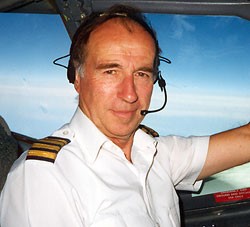
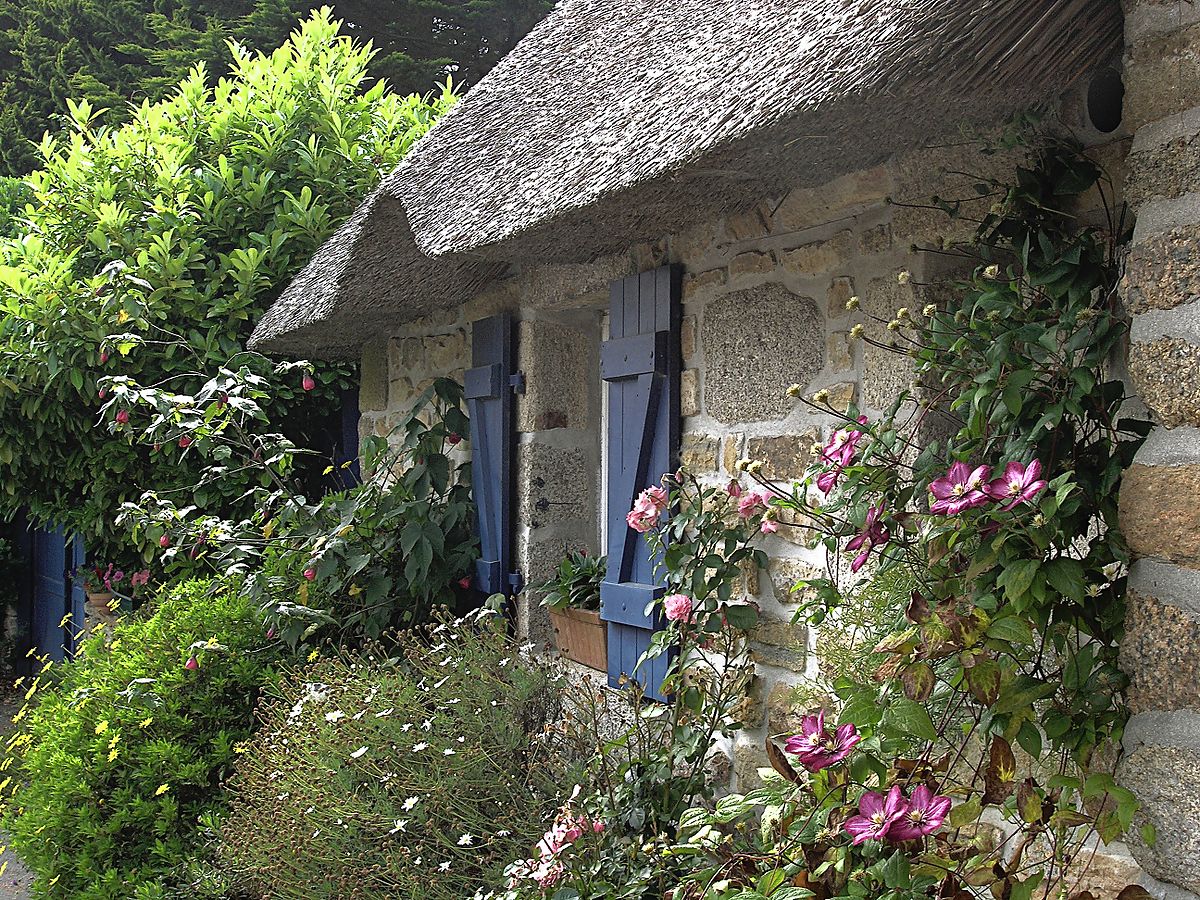
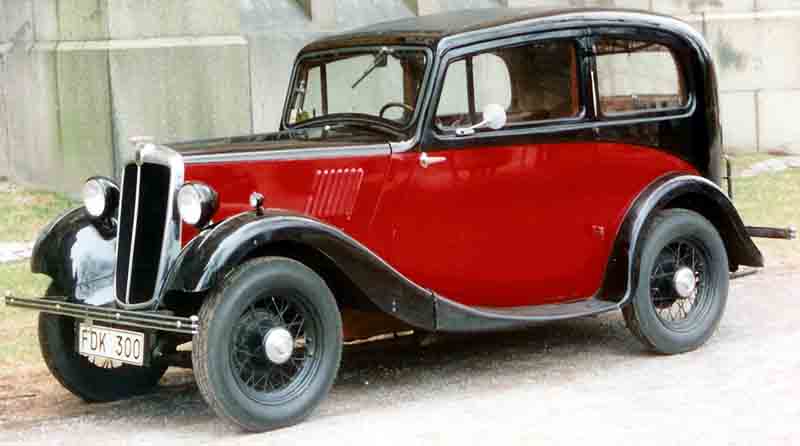
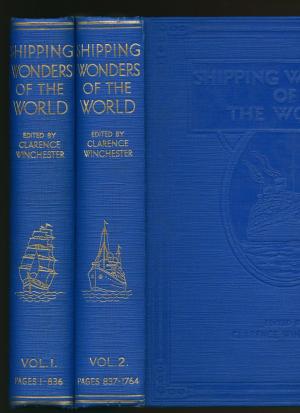
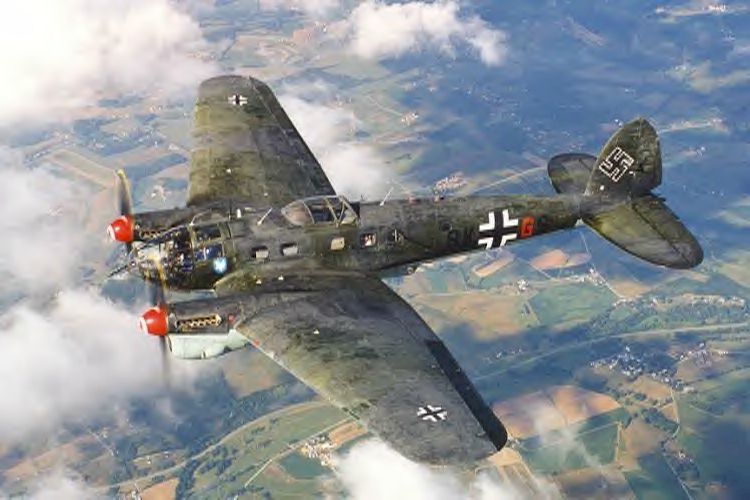
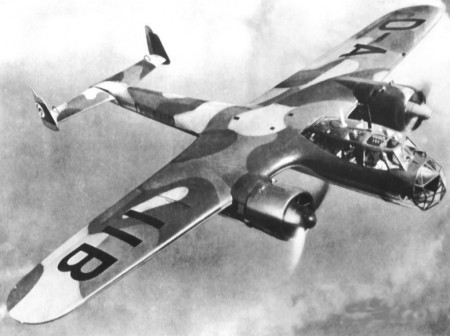 school
boys, I ignored it. Having heard sirens daily for the past three years
and so far I hadn’t been killed, made one dangerously complacent. A few
minutes after the warning, I had a head-on view of a twin engine, twin
tailed aircraft streaking at low level towards the railway marshalling
yards at Tonbridge. I was pretty good at aircraft identification in
those days and wondered why an Avro Manchester was so far south when
most of the RAF bomber bases were 100 miles north of our town. When
suddenly the aircraft steep turned to follow the main London to Dover
railway line I realized my aircraft identification was dead wrong this
time. The Avro Manchester and Dornier 217 had similar profiles except
the sight of more black crosses, swastika’s and a salvo of 100 kilogram
bombs tumbling from open bomb doors, convinced me that this was a
Dornier looking for trouble.
school
boys, I ignored it. Having heard sirens daily for the past three years
and so far I hadn’t been killed, made one dangerously complacent. A few
minutes after the warning, I had a head-on view of a twin engine, twin
tailed aircraft streaking at low level towards the railway marshalling
yards at Tonbridge. I was pretty good at aircraft identification in
those days and wondered why an Avro Manchester was so far south when
most of the RAF bomber bases were 100 miles north of our town. When
suddenly the aircraft steep turned to follow the main London to Dover
railway line I realized my aircraft identification was dead wrong this
time. The Avro Manchester and Dornier 217 had similar profiles except
the sight of more black crosses, swastika’s and a salvo of 100 kilogram
bombs tumbling from open bomb doors, convinced me that this was a
Dornier looking for trouble.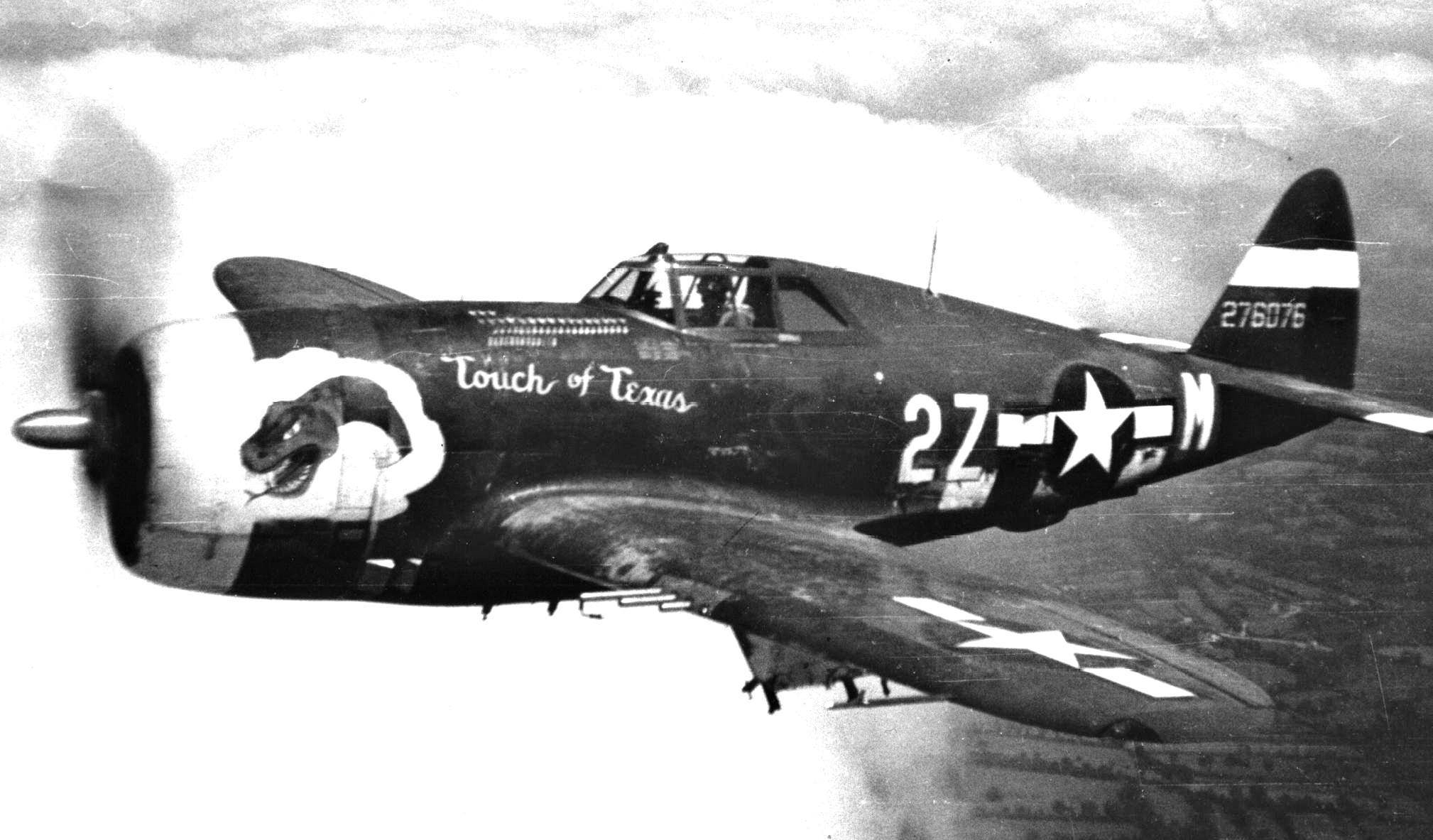 around 1944. They were easily confused with the German Focke-Wulfe 190
fighter and there were several instances of Thunderbolts being shot down
by friendly fire. Again, I had seen many Mustangs and Thunderbolts at
high altitude escorting B17 Flying Fortresses to and from bombing raids
into Europe, however my first close up view of a Thunderbolt was one
that I hope never to repeat.
around 1944. They were easily confused with the German Focke-Wulfe 190
fighter and there were several instances of Thunderbolts being shot down
by friendly fire. Again, I had seen many Mustangs and Thunderbolts at
high altitude escorting B17 Flying Fortresses to and from bombing raids
into Europe, however my first close up view of a Thunderbolt was one
that I hope never to repeat.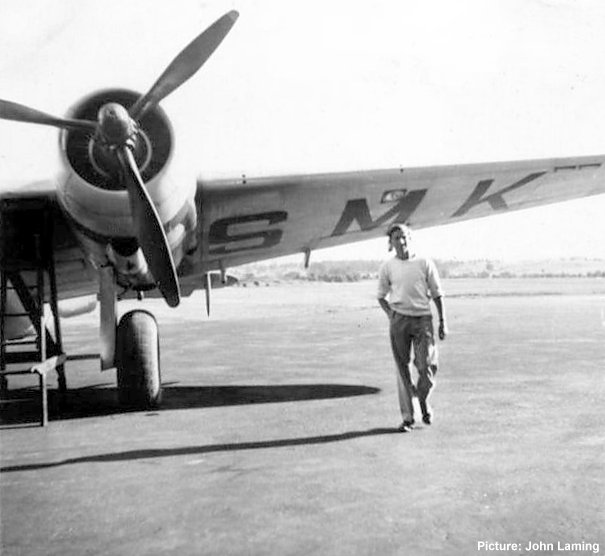
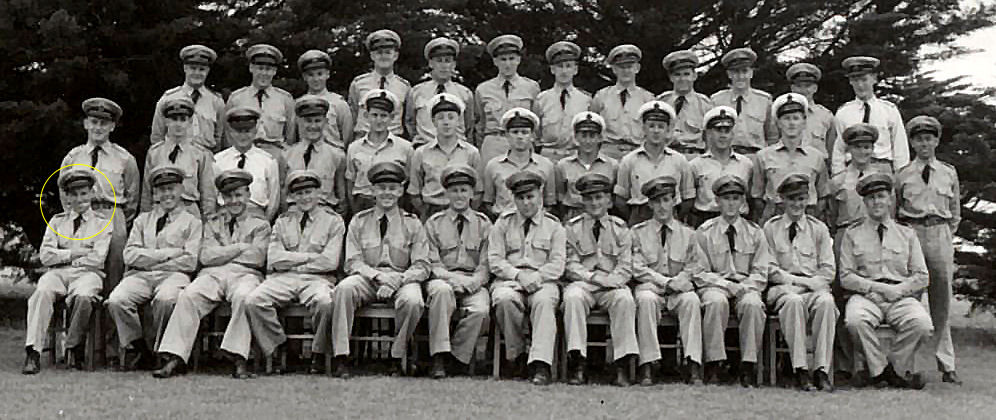
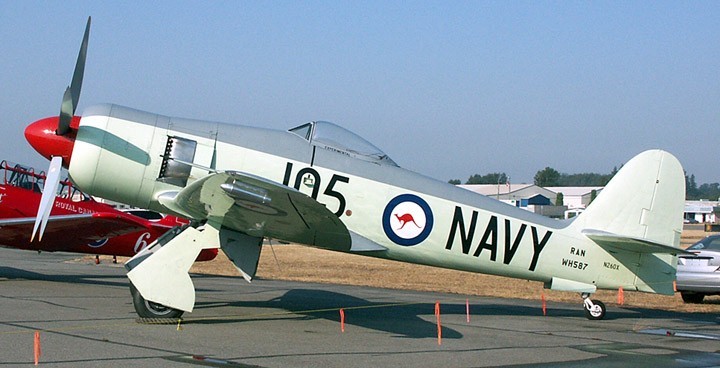 flying
a high performance fighter. But the Sea Fury was something else. It was
significantly larger and heavier than a Mustang and at one stage was the
fastest piston engined fighter in the world.
flying
a high performance fighter. But the Sea Fury was something else. It was
significantly larger and heavier than a Mustang and at one stage was the
fastest piston engined fighter in the world. 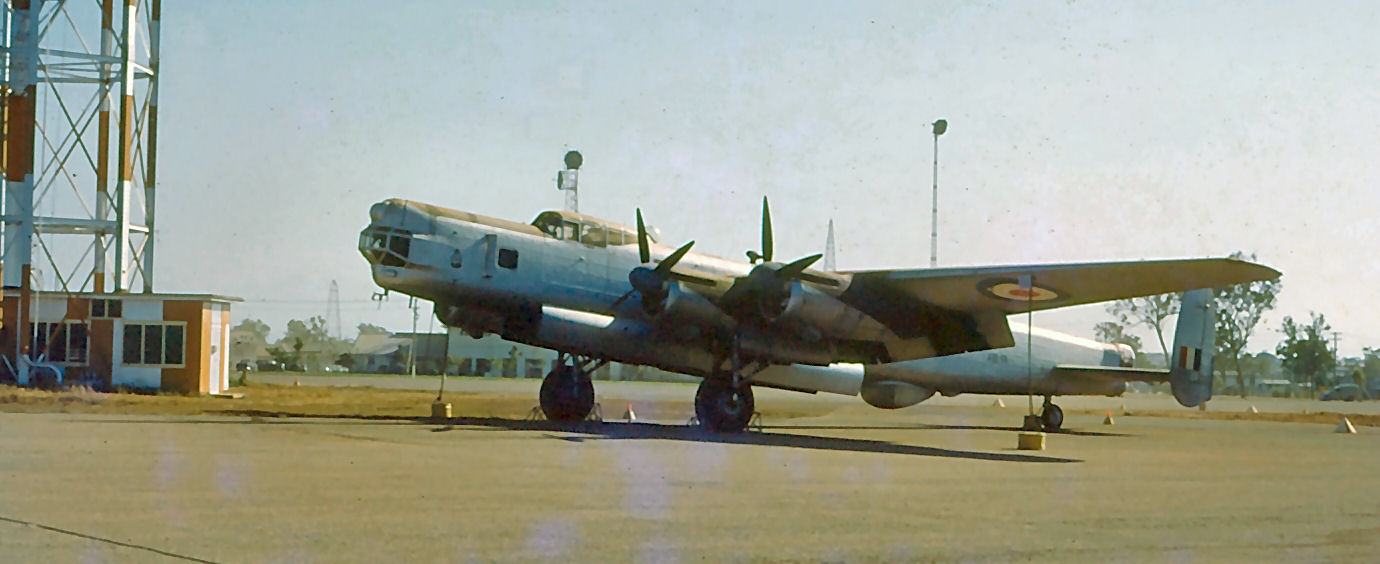
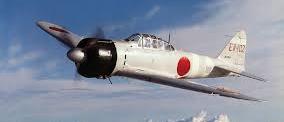
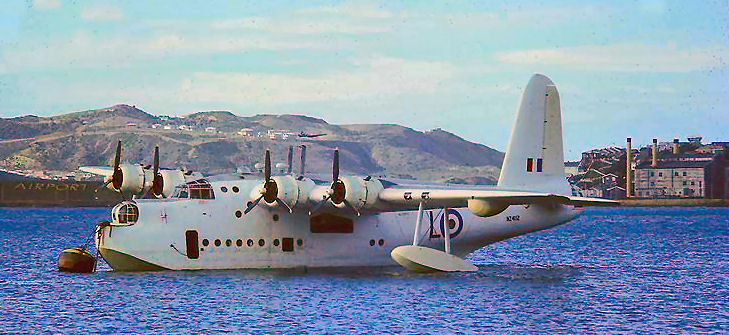
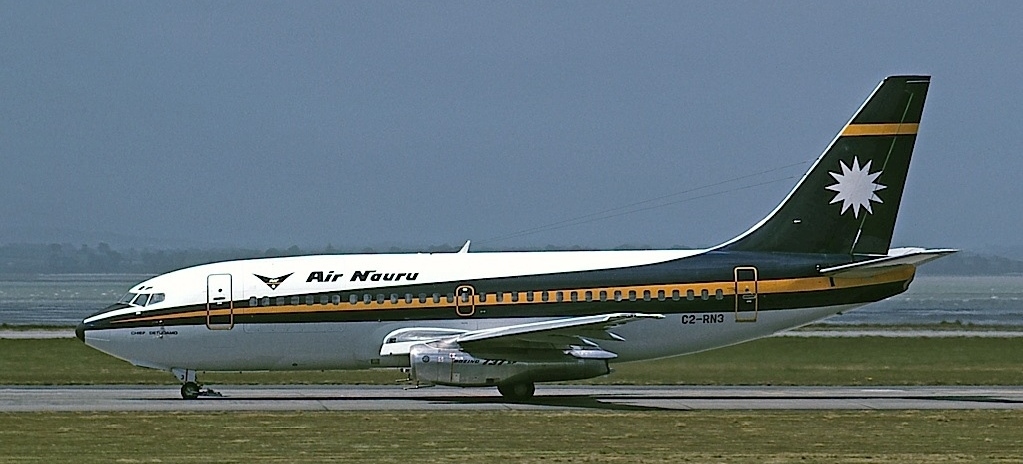
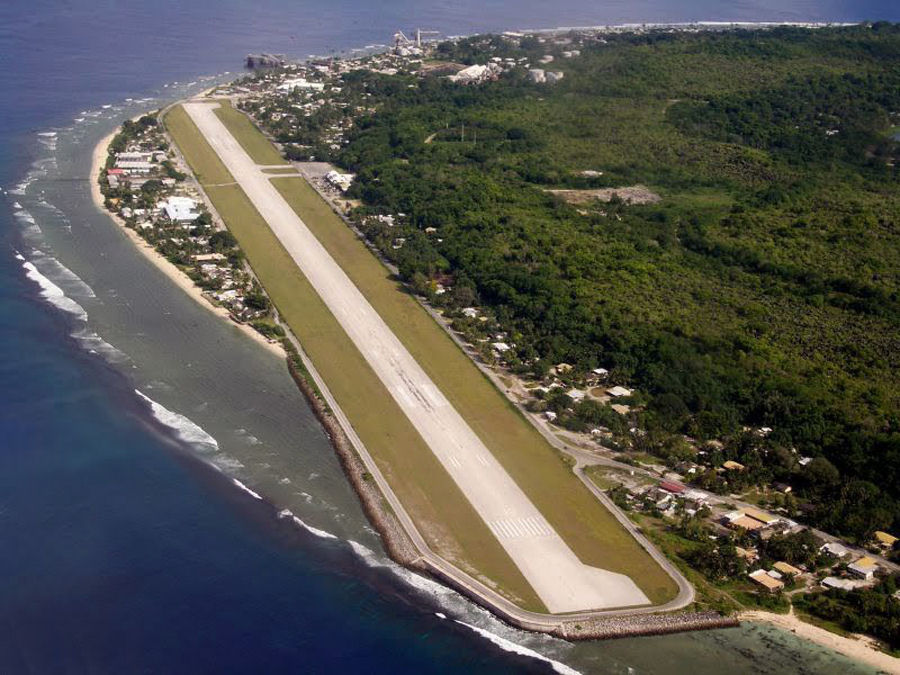
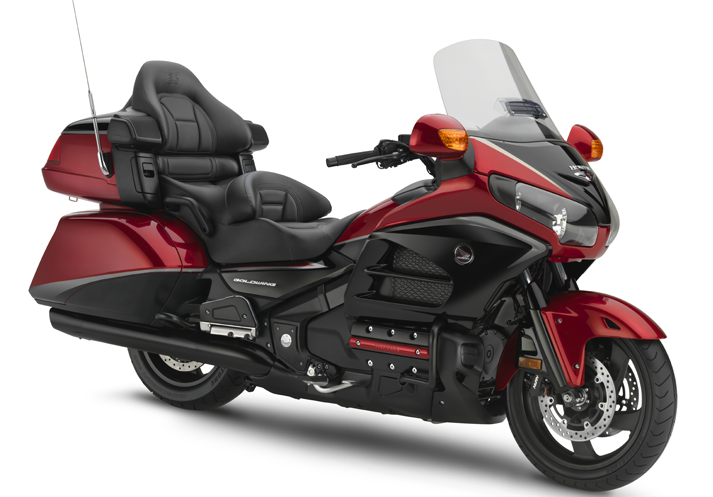 waiting
by the side of the runway. Passengers would wave from their windows and
as the brakes were released, the Nauruan on his Gold Wing would open up
to full throttle to race us down the runway. At full thrust of 2.18 EPR
(
waiting
by the side of the runway. Passengers would wave from their windows and
as the brakes were released, the Nauruan on his Gold Wing would open up
to full throttle to race us down the runway. At full thrust of 2.18 EPR
(